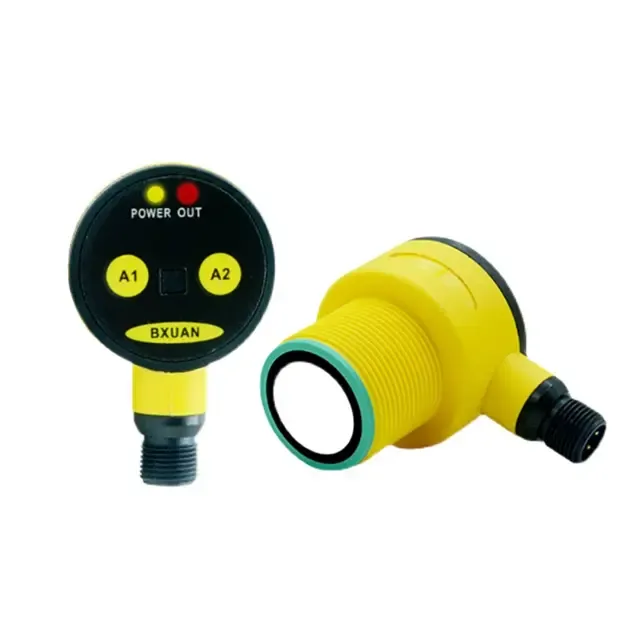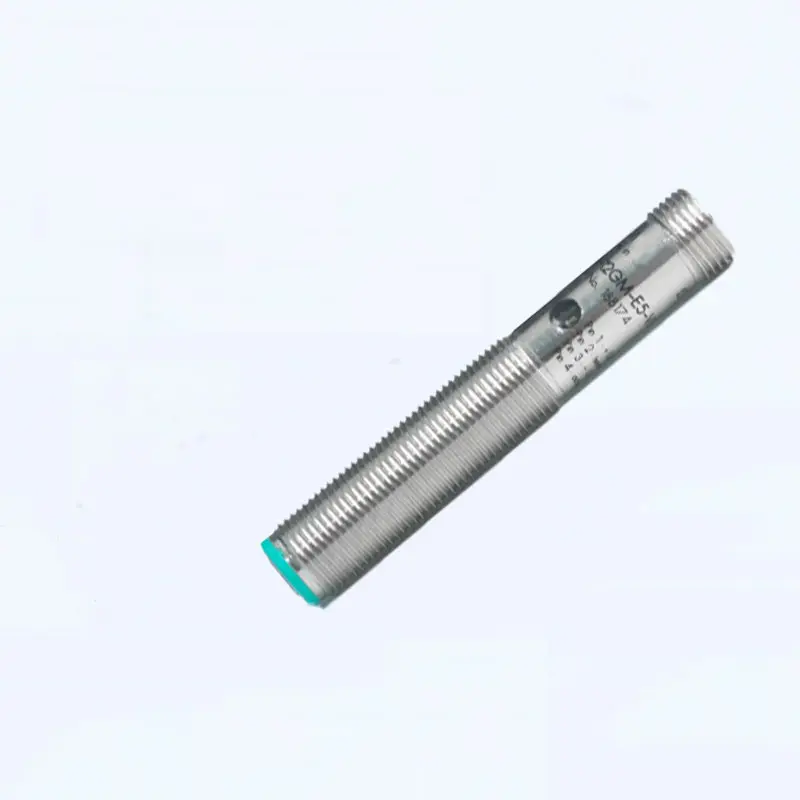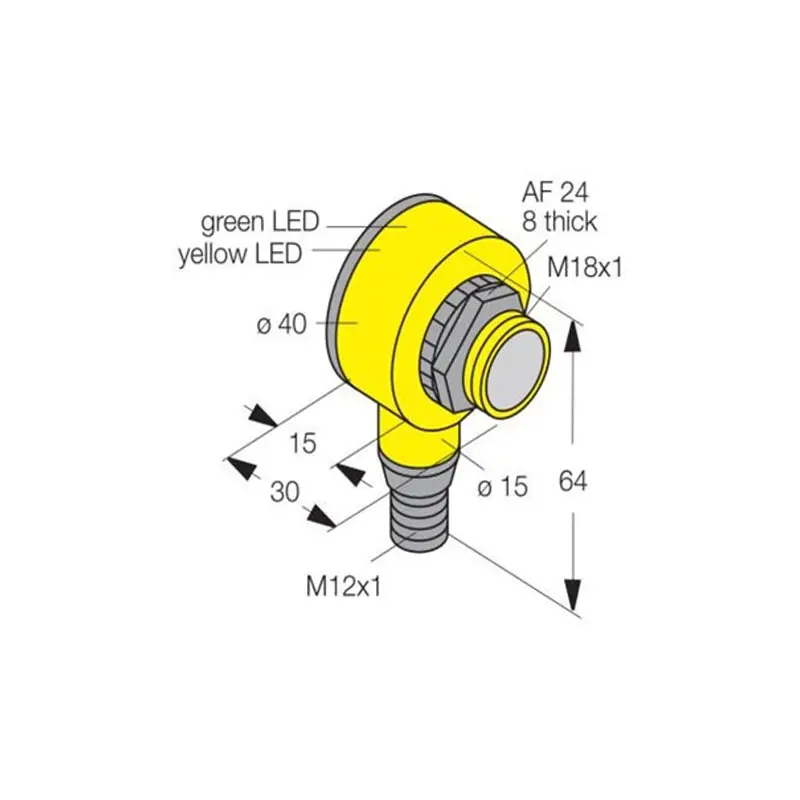Ultrazvučni sklop za približavanje nudi brojne značajne prednosti zbog kojih je izvrsan izbor za različite industrijske i komercijalne primjene. Prije svega, sposobnost detekcije bez kontakta osigurava pouzban rad bez fizičkog dodira s ciljanim objektima, znatno smanjujući habanje i potrebe za održavanjem. Otpornost tehnologije na okolišne čimbenike poput prašine, dima ili promjenjivih svjetlosnih uvjeta osigurava dosljedan rad u zahtjevnim industrijskim uvjetima u kojima optički senzori mogu otkazati. Ovi sklopovi pokazuju iznimnu univerzalnost u prepoznavanju objekata bez obzira na njihovu boju, prozirnost ili površinska svojstva, što ih čini idealnim za primjene koje uključuju raznolike materijale. Mogućnost preciznog mjerenja udaljenosti dodatno proširuje funkcionalnost, omogućujući točne zadatke pozicioniranja i nadzora razine. Moderni ultrazvučni sklopovi za približavanje imaju napredne mehanizme kompenzacije temperature, osiguravajući točna očitanja u različitim okolišnim uvjetima. Njihove digitalne obrade podataka omogućuju jednostavnu integraciju s postojećim sustavima upravljanja te nude više izlaznih opcija prilagođenih različitim zahtjevima primjene. Prirodna otpornost tehnologije na elektromagnetske smetnje čini je prikladnom za uporabu u okruženjima s visokim električnim šumom. Podesivi rasponi detekcije i programabilni parametri osiguravaju fleksibilnost u instalaciji i radu, dok konstrukcija bez pokretnih dijelova jamči dugotrajnu pouzdanost. Odsutnost pokretnih dijelova minimizira potrebu za održavanjem i produljuje vijek trajanja, što rezultira nižim ukupnim troškovima vlasništva. Dodatno, njihova sposobnost rada u vlažnim i suhim uvjetima proširuje područje primjene, čineći ih vrijednim alatima u različitim industrijskim procesima.


